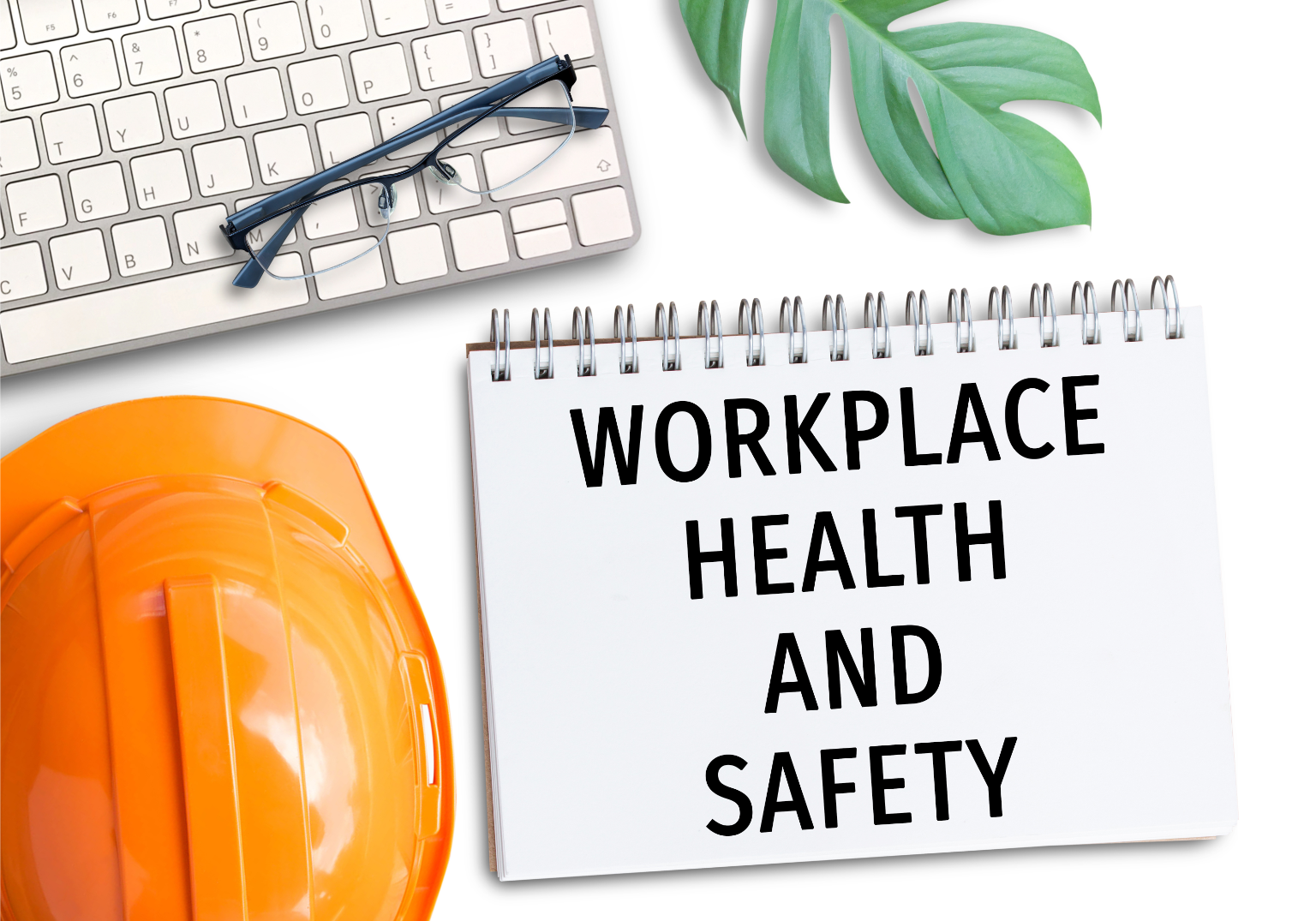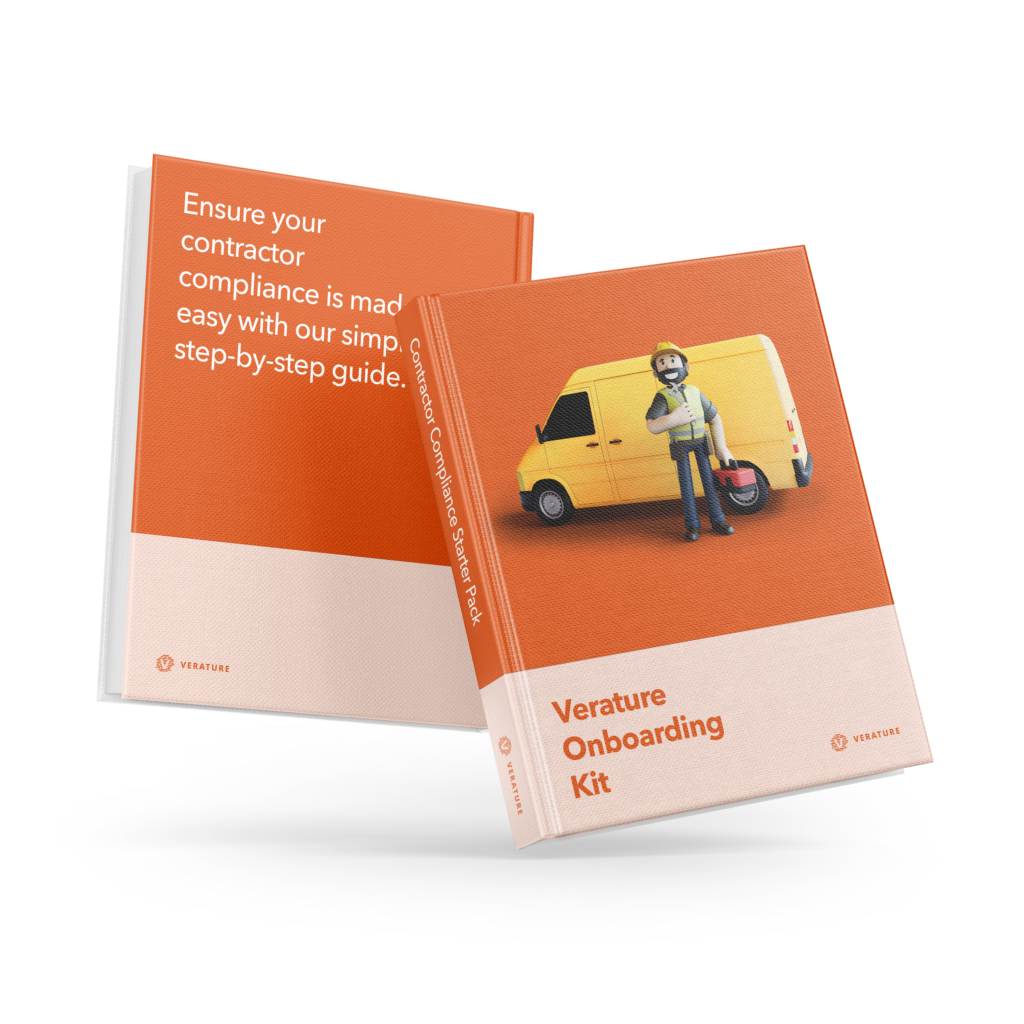- Why Verature?Find out why Verature is the best system for continuous contractor compliance.
- Arrive, Work & Stay Safe
- Removes Paper & Spreadsheets
- Tracks Key Contractors
- Instant 360 Visibility
- Contractor Management Dashboards
- Why Contractor Management Software
- Our Customer Reviews
- Pricing
We don’t hide behind fancy sales teams before we tell you, our prices.- Clients
See who we are working with and what they have to say about Verature.- Resources
Check out our blog, useful guides, whitepapers and product videos.- Prequalification and Induction Guide
- Contractor Compliance Guide
- Mini-Audit your Permit to Work System
- Health and Safety Audit Checklist
- Resource Library
- Blog
Book a demo
The Consequences of Bad Workplace Health and Safety
Under the law, every worker whether they be employed or contracted has the right to work in a setting where risks to their health and safety are effectively managed. No sensible firm wants to be held accountable for the bad health of its contractors and employees, but mistakes do happen. The Health and Safety Executive (HSE) Labour Force Survey found that 1.7 million workers in the UK were suffering from work-related ill health in 2020/21.
Most people don’t realise that these incidents can have far-reaching consequences that go beyond a worker visiting the hospital or having to take a few days off from work to recover. According to the HSE, the overall cost of self-reported occupational injuries and illness in 2018/19 was £16.2 billion. Ill health accounts for around 66% of total expenses (£10.6 billion), while injury accounts for approximately 34% of total costs (£5.6 billion).
What are Your Responsibilities when Working with Contractors
Under health and safety law, you and the contractor you use are both responsible. To lessen the dangers that exist in the workplace for both employees and the general public, everyone must take the proper precautionary measures. By making sure that everyone is aware of their responsibility for promoting health and safety.
How to Prevent Risk in the Workplace
To determine whether you have taken sufficient precautions or whether you need to take additional steps to prevent harm, a risk assessment is a thorough analysis of what areas of your working environment could cause harm to your workers/contractors. As mentioned previously, accidents can destroy lives, and have a major impact on your business. To put a plan in place to control the risks, you are legally required to evaluate the risks at your place of employment.
To evaluate the risks in your working environment you should follow these five steps:
- Determine the hazards and risks.
- Determine who could be hurt and how.
- Analyse the hazards and risks and determine the best precautions.
- Review your findings and put them into practice.
- Evaluate your analysis and make any necessary updates.
Don’t make the procedure too complicated. The risks are widely understood in many organisations, and the required control measures are simple to implement. You likely already know, for instance, if any of your contractors move heavy objects and could injure their backs, or where people are most likely to trip or slip. If so, make sure you’ve taken all necessary safety measures to prevent harm.
What Happens When Workplace Health and Safety Management Goes Wrong?
Regulators like the HSE may bring legal action against businesses that violate the law’s requirements for health and safety. Additionally, willful misconduct is punishable by an infinite fine and perhaps even a prison term. Businesses may also receive a prohibition notice, which orders the organisation to stop any further activity related to the incident. This has the potential to cause unimaginable harm, both monetarily and in terms of the company’s reputation.
Aside from potential legal repercussions, compensation may be the most evident financial impact of poor health and safety management. In the event of a workplace accident, an employee might be entitled to file a civil lawsuit against their company, depending on the specifics. Furthermore, if the employer is determined to have breached their duty of care to the employee, they may be responsible for paying for that employee’s expensive legal bills.
For instance, a Tyne and Wear engineering firm was fined £20,000 when a worker shattered his pelvis and sustained internal injuries after falling through a petrol station forecourt canopy. According to the Health and Safety Executive, a risk assessment should have been performed, and a method statement would have indicated the requirement for appropriate control measures to prevent employees from falling from the canopy’s edge or through the exposed fragile roof surface.
This incident highlights the importance of conducting a suitable and sufficient risk assessment, and using the findings of that assessment to ensure the work is properly planned, appropriately supervised and, ultimately, carried out in a safe manner.
How Can You Improve Your Health and Safety Management
All employers have an obligation to their workers whether they are employed or contracted to protect their health and safety in the workplace. Regarding failing to fulfil legal responsibilities, a company’s failure to uphold this duty of care may affect its employees as well as incur costs for the organisation as a whole in terms of money, ethics, brand image, and efficiency.
A badly run health and safety policy has the potential to explode at any moment. Effective health and safety management at work is in the best interests of both employees and the company when there is so much at stake. Furthermore, it’s critical to guarantee that workers receive the best protection available while on the job. Otherwise, the repercussions aren’t worth contemplating.
How Verature Can Help Your Business
A revolutionary contractor management system can benefit your company by offering a simple method for contractor compliance, enabling you to collect data, lower risk, uphold compliance, and demonstrate due diligence concerning Health and Safety Executive guidelines.
We’ve been working on our Verature Contractor Management System to provide an instant level of oversight and visibility that is not available in other systems as organisations are being forced to comply with more and more compliance requirements to reduce health and safety risks.
It is possible to enforce competency and compliance with the contractors you hire and have visited your site by putting in place a system that can help you manage, record, and automate the information you have on your contractor requirements and health and safety requirements. Automating data collection can help organisations manage inductions, accreditations, and insurance documents efficiently and effectively to ensure safety and lower risks before, during, and after the contractor arrives on site.
Or stay up to date with all of our services by following us on Instagram!
Book a demoFind out if you’re ready with our Verature Onboarding Kit
Not sure if Verature is right for you? We understand it’s not easy to make a decision on a new system, but that’s why we’ve created our Onboarding Kit to make that that process simple.
Check our package details
Find out no matter what package you choose, you’ll be getting the best features you need for you and your team so you can have continuous contractor compliance.
Make it your own
You’ll get to see and choose your customisation options, and check out the available add-ons and extras so the system is exactly what you want and need.
Quickly getting you started.
Keeping this guide with you, and working closely with us, we can walk you through each step so you can be completely up and running with your own Verature system.
More reasons to use Verature
It’s easy to get started.
Step 1
Book a demo of Verature with the team.
Step 2
We’ll chat through your requirements and see if Verature is right for you.
Step 3
We’ll send you demo access and our onboarding kit to help you decide what you need.
Step 4
You decide if we’re right for you. No pushy sales calls.
Step 5
Like what you see and hear? Let’s get you onboarded with Verature!








